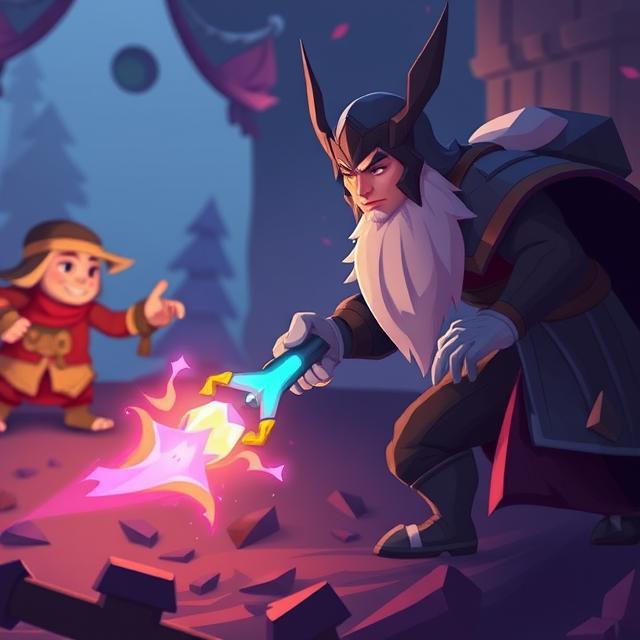Crafting in games can be either deeply satisfying or unbearably tedious. From building potions in The Witcher 3 to crafting bases in Valheim, the mechanic walks a fine line between engagement and repetition.
When done well, crafting enhances immersion. Players feel connected to the world as they gather ingredients, learn blueprints, and build something useful. In Minecraft, crafting is the game. It fuels creativity and freedom, with minimal gating and no arbitrary restrictions.
But crafting can easily become grindy. If resources are too rare, menus are clunky, or recipes overly complex, the process starts to feel like work. Games like Far Cry have been criticized for requiring players to hunt endless animals just to increase inventory space.
Crafting shines when it’s tied to player choice and progression. Monster Hunter: World lets you forge personalized gear from the monsters you slay. Each crafted item feels like a trophy, a badge of earned mastery.
Variety also matters. If every recipe involves the same steps with minor variations, the novelty fades. Mini-games (like in Final Fantasy XV) or randomized stats (as in Borderlands) keep things interesting.
Ultimately, crafting systems succeed when they reward effort, not just time spent. They should feel like play, not labor.

Leave a Reply